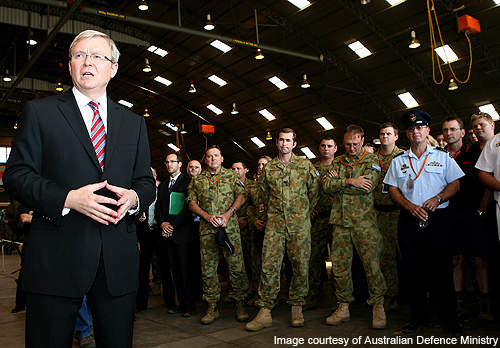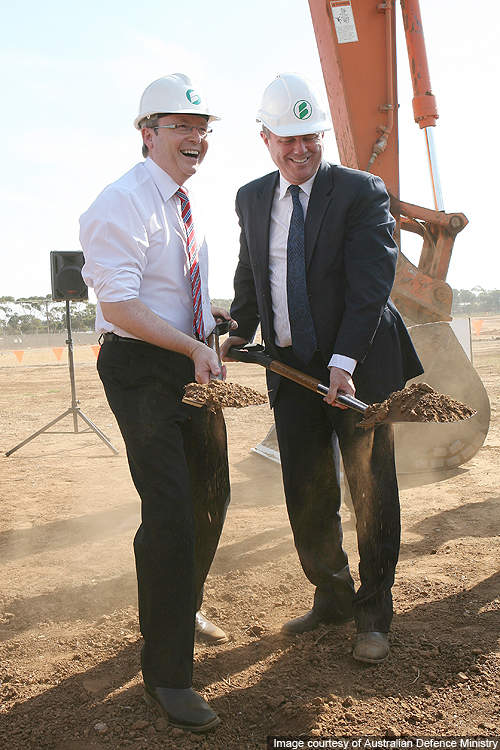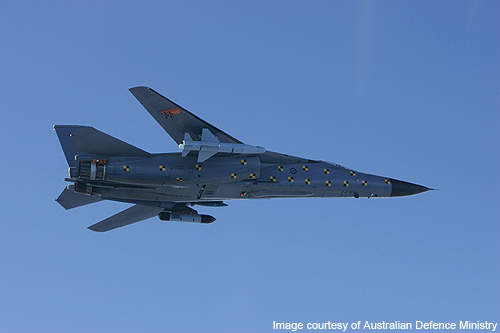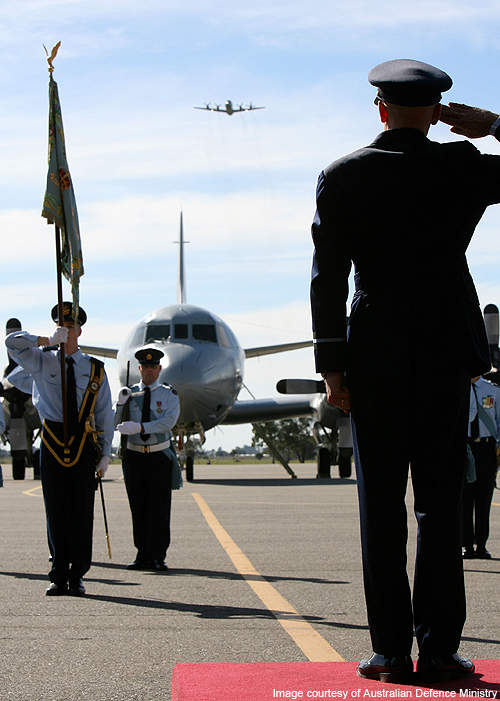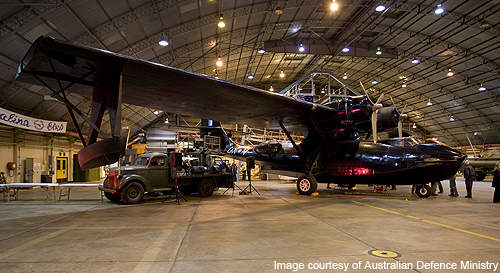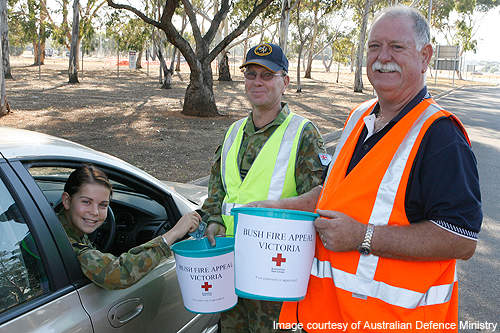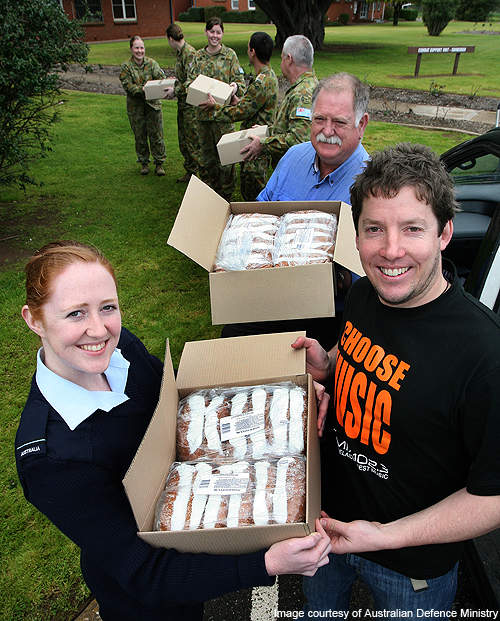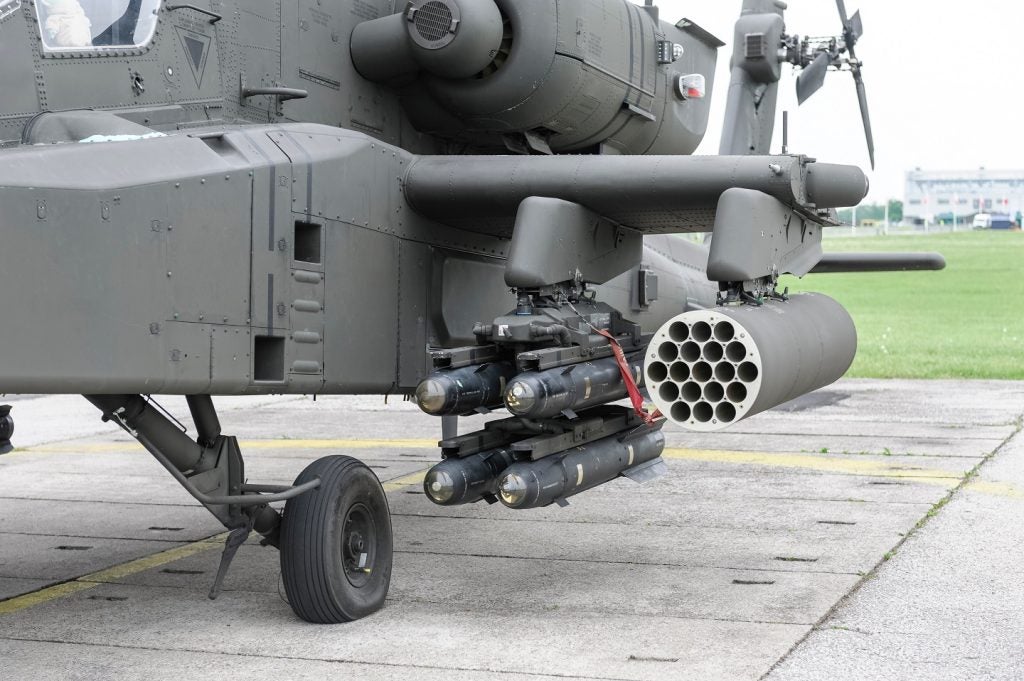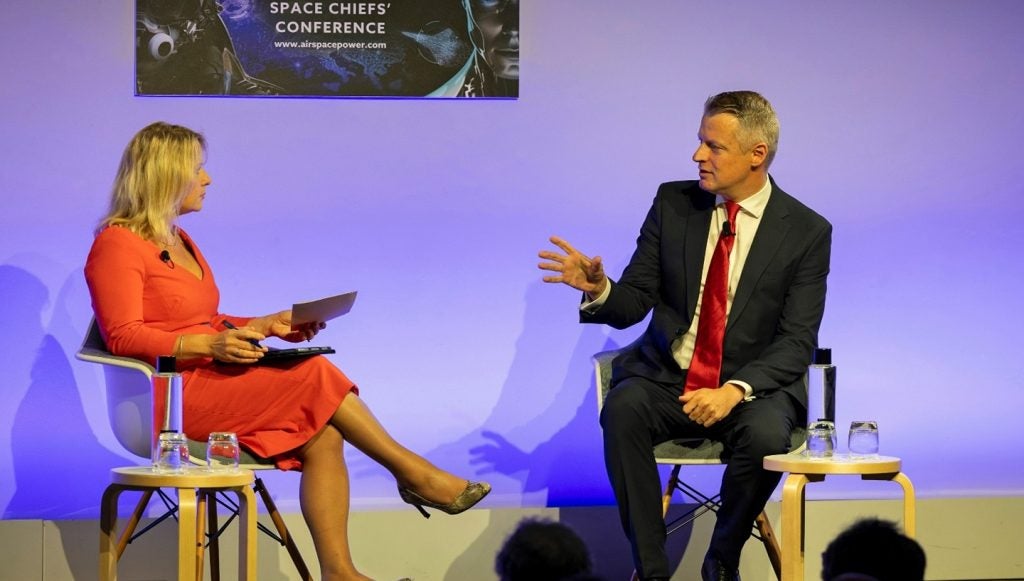The Royal Australian Air Force Base Edinburgh (YPED) is a military training base situated 25km north of Adelaide in Australia. Built on an 890ha site, the base was inaugurated in 1954.
It became operational in January 1955 with seven officers and eight airmen. The base currently employs 1,850 uniformed personnel and 1,300 contract workers.
History
The RAAF Base Edinburgh and its neighbour, the Defence Science and Technology Organisation (DSTO), were initially built on the land of the Salisbury munitions factory which operated from 1942 to 1945.
An airfield was constructed beside the Salisbury base in 1945, which is currently known as Edinburgh Base. The YPED is named after the Duke of Edinburgh.
The Aircraft Research and Development Unit (ARDU) was established at the Edinburgh Base in 1976 to carry out armaments trials. The No. 92 Wing was formed at the base in 1977, while the Maritime Patrol Logistics Management Squadron (MPSLSQN) was established in 1990.
The Australian Government decided to renovate the RAAF Base Edinburgh in two stages at a cost of $141.56m.
The Finance and Administration Ministry cited a proposal in June 2000 to redevelop the base.
The Stage 1 redevelopment project, worth $42m (including Goods and Service Tax or GST), began in 2002 to rectify the shortfalls of the previous construction works at the base.
Stage 1 was completed in 2004. Works included development of new facilities for the ARDU (and demolishing of old buildings), replacement of the hangar workshop, removal of asbestos, renovation of the aircraft shelter, expansion of the ground support equipment storage area, restoration of the armament test support facility and upgrade of site engineering services.
The Stage 2 redevelopment project will meet the functional requirements of several Air Force units while enhancing base security.
The project, which will cost around $99.56m (excluding GST), was approved by the Australian Government in December 2008. The construction of Stage 2 began in late 2009.
Design and construction
The Australian Government has approved $50m in May 2010, from the 2010-2011 budget, for the Stage 2 redevelopment.
Stage 2 will encompass construction of permanent facility for No. 462 and No. 87 Squadrons, and the building of air crew rooms, common rooms, briefing room space, a new air traffic control tower and two ordnance loading aprons.
A 2.4m high welded fixed mesh fence topped with razor wire loops will be built in Stage 2.
Cross coupled television (CCTV) cameras, an electronic detection system and a smart card access control system will also be installed. Stage 2 is scheduled for completion by 2012.
Garrison facilities
The base serves as headquarters for the Aerospace Operational Support Group, which is engaged in research, development, testing and integration of weapons through ARDU.
It is also home to No. 1 Radar Surveillance Unit, No. 44 Wing Detachment Edinburgh, Combat Support Unit Edinburgh, No. 92 Wing, No. 87 Squadron, No. 1 Airfield Defence Squadron, No. 24 Squadron and the Institute of Aviation Medicine.
The No. 1 Radar Surveillance Unit operates the Jindalee Operational Radar Network (JORN). The Combat Support Unit Edinburgh provides combat and support services to the base. No. 92 is a maritime patrol wing which operates the AP-3C Orion maritime patrol aircraft.
Air facilities
The YPED can accommodate the Pilatus PC-9, the Boeing F/A-18 Hornet, the Sikorsky UH-60 Black Hawk, the Eurocopter Tiger and the Beechcraft Super King Air.
The base temporarily accommodates the General Dynamics F-111 and the BAE Hawk.
The Lockheed AP-3C Orion based at Edinburgh executes naval fleet support, maritime surveillance, search and rescue, supply, anti-surface and anti-submarine warfare missions.
The base has two runways (04/22 and 18/36) surfaced with grass and asphalt. The two runways are 1,962m and 2,560m long respectively.
Air traffic control (ATC) services are offered by No. 44 Wing detachment Edinburgh, which is owned by the Surveillance and Response Group (SRG). No. 44 operates 11 ATC stations across Australia. It also offers ATC technical ground electronic services (GES) and radar control services to the Australian Defence Force (ADF).
Other facilities
The personnel residing at the base are provided with facilities such as coffee shops, sporting fields, dining, recreation, education, child care and medical care.

